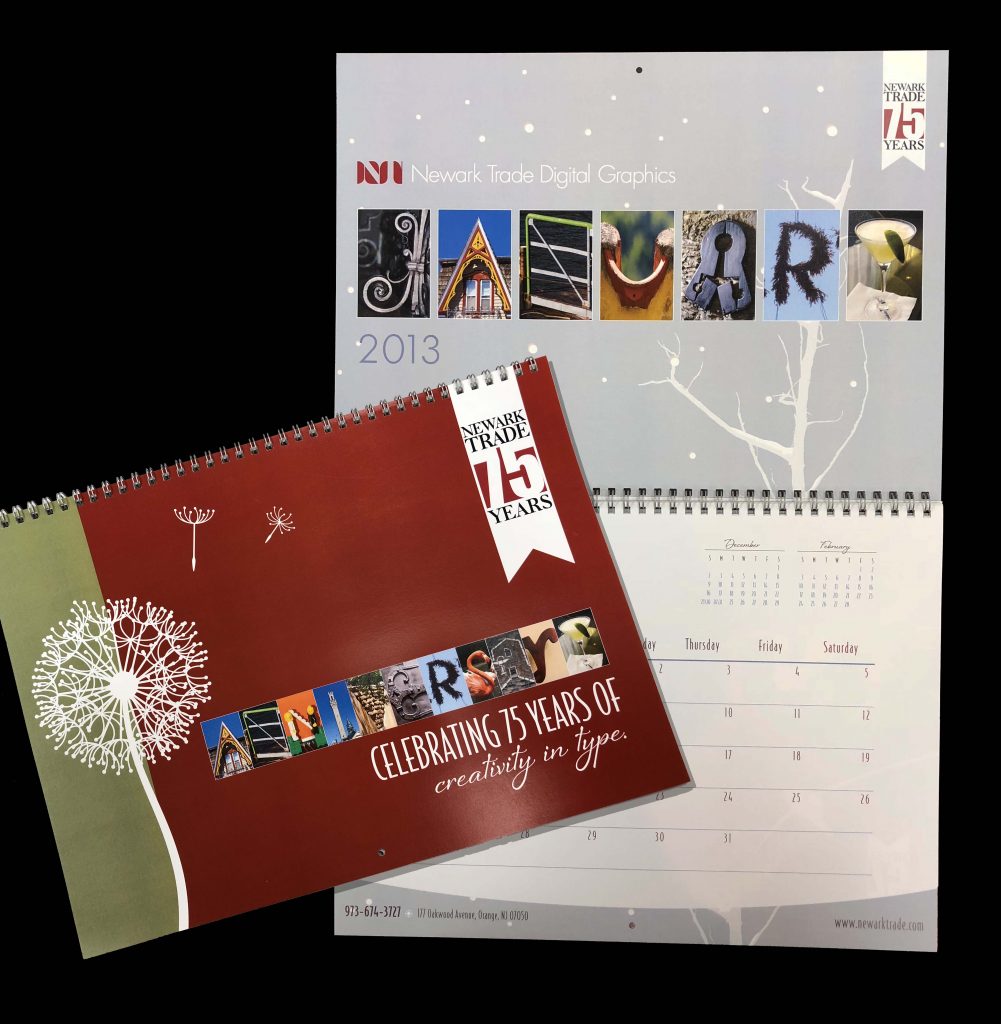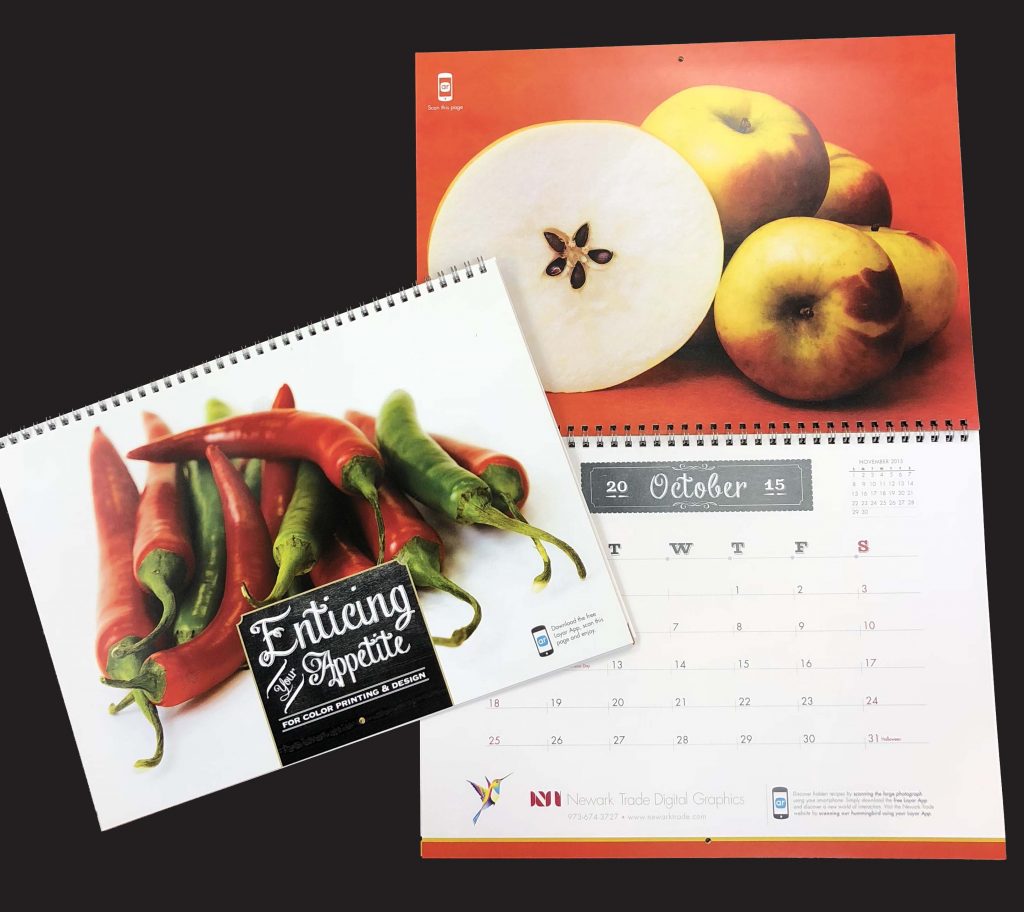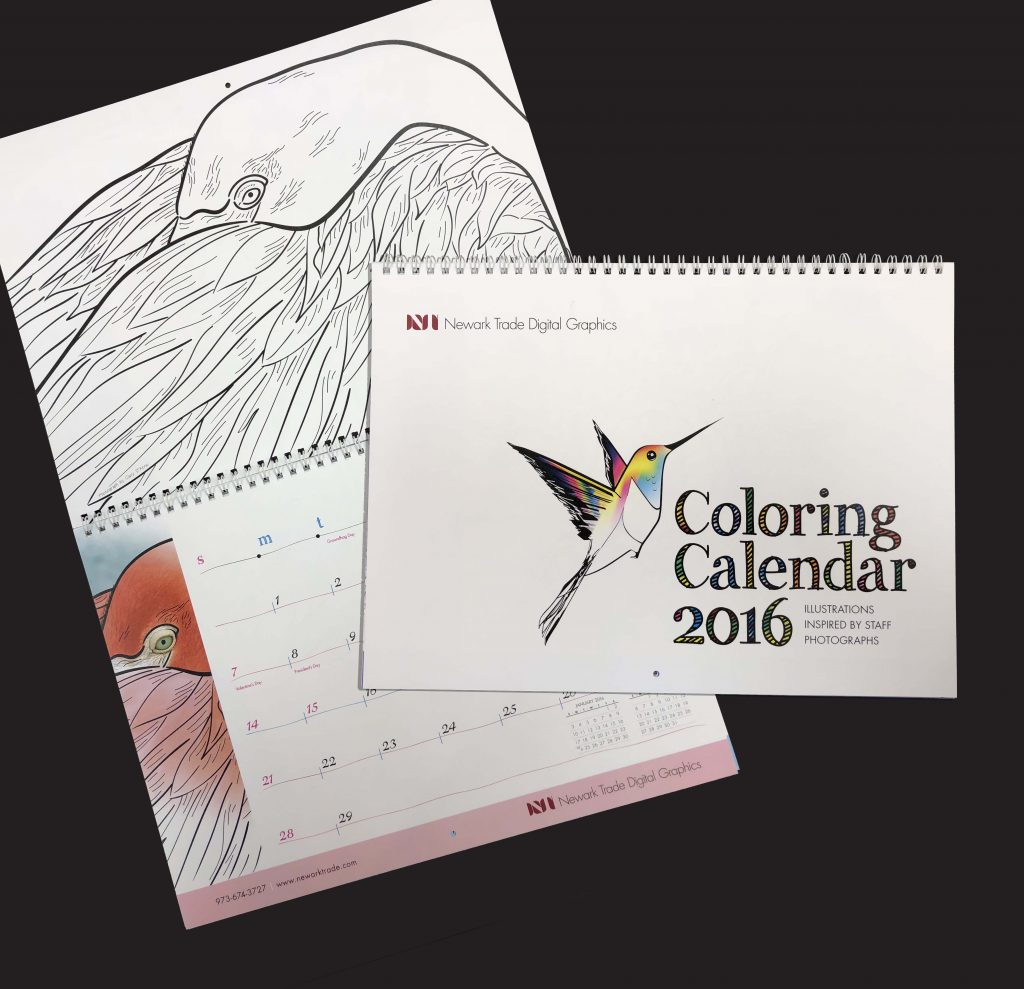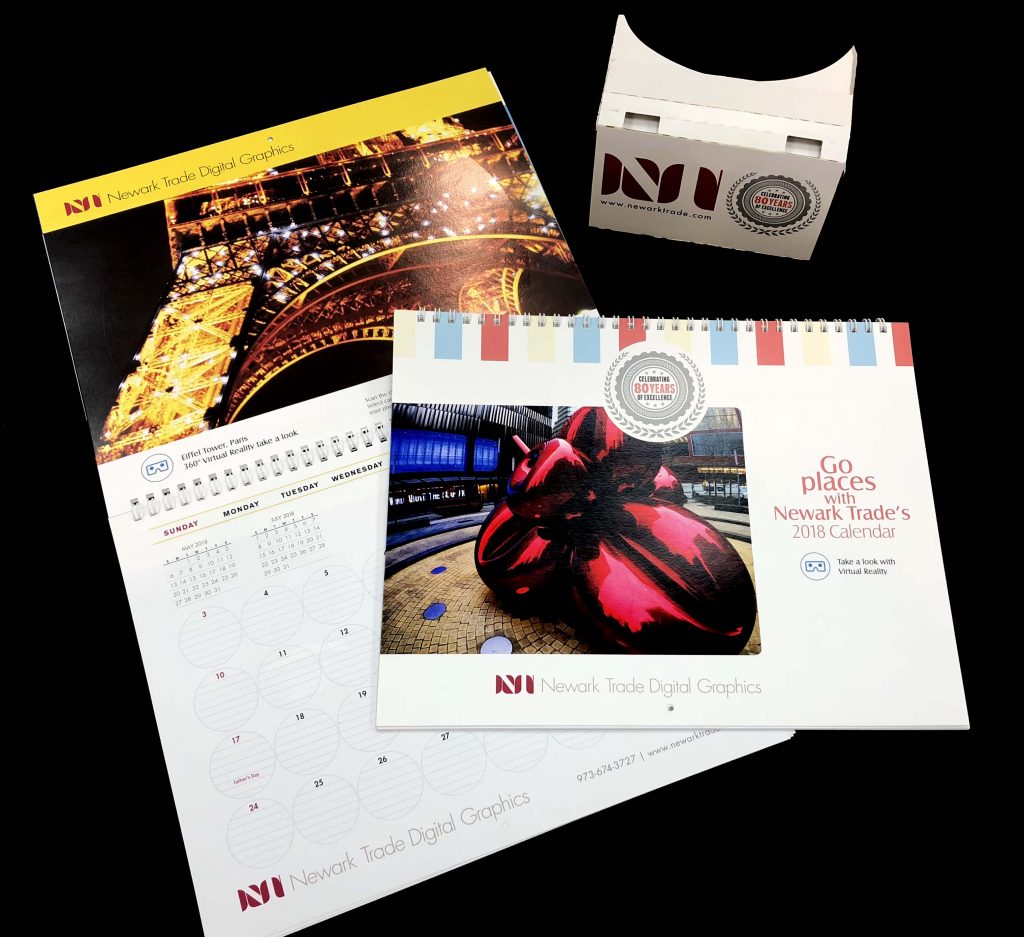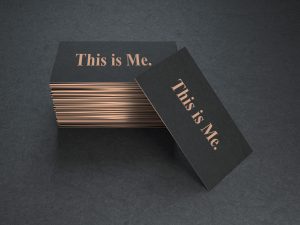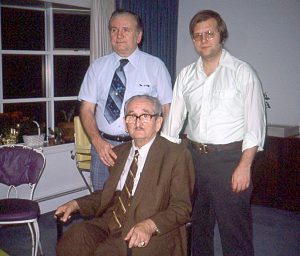by Bob Wislocky
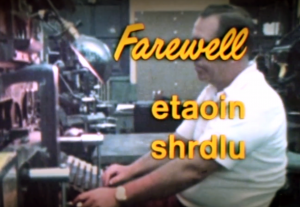
In the mid-1960’s John W. Seybold, a noted typographic industry consultant, stated “Lead Is Dead.” He was referring to the fact that Phototypesetting was rapidly replacing Hot Metal Typography with higher productivity and better quality. John’s prediction of Hot Metal’s demise was correct, only his timetable was off. By the mid-1970’s most commercial typographers were using phototypesetting machines such as the Mergenthaler VIP to produce high quality typography on photographic paper or film.
Newark Trade purchased two Mergenthaler VIP typesetting output machines in 1974. The VIP was considered a 2nd generation phototypesetting machine since it didn’t use the mechanical technology of the original 1st generation phototypesetting machines that mimicked Hot Metal linecasters. The VIP used film negative type fonts to create images on photographic film or paper.
In 1978, the last Hot Metal edition of the NY Times was printed as can be viewed in the documentary, “Farewell, etaoin shrdlu.” The letters referred to the first two banks of lower case keys on the Linotype keyboard. The following day the NY Times composed its first phototypeset edition.
In the 1970’s, the VIP was the gold standard for commercial typographers until the Mergenthaler 202 was introduced in 1978 and became the new gold standard. The 202 was considered a 3rd generation phototypesetting machine since it used “digital fonts” (although not Postscript yet) and imaged the RC paper or film using a Cathode Ray Tube (CRT) versus film fonts on the VIP. Since fonts were very expensive, could not be shared, and the end product was photographic film or paper, it kept end-users from setting their own type.
The VIP was capable of outputting 80 newspaper lines of type per minute while the 202 was capable of outputting 800 newspaper lines per minute. Productivity increased tenfold in one decade. The VIP and 202 had depended upon code-driven “Front-end” minicomputers like CCI, Penta and Quadex to drive them. The operators could not see what the type looked like until the paper or film was processed. These machines could not output graphics – just type. Photos and line art still had to be processed offline and stripped in.
Two events were very important that significantly affected the typographic industry and changed the typographic marketplace forever. They were the introduction of the Apple MacIntosh in 1984 and the Apple Laserwriter in 1985 that used Postscript fonts.
By 1990, the VIP and 202 became obsolete. Typographers found it necessary to purchase Postscript imagesetters such as the Mergenthaler Linotronic L330 and become Service Bureaus to maintain their client base. Designers now had control of the page layout. The L330 was considered a 4th generation imagesetting machine since it was capable of outputting type, art, photos and film color separations for printing – all things that Postscript software supported.
By 1998, Service Bureau work had diminished with the introduction of computer-to-plate imaging equipment that was installed by the offset print industry. Newark Trade added printing and design to enhance our typographic services.
Printing remained vibrant until 2008 when the Great Recession impacted the use of print and mailing with less costly web marketing. However, in the past 10 years, marketers have gradually shifted their thinking to multi-channel marketing. The web is no longer a singular marketing force. Today there is a strong resurgence in using print to target an audience and supplementing it with web-based marketing. Marketers have gained a new insight and appreciation of printing as an important component in multi-channel marketing. Good design, along with targeting printing to a more selective and qualified audience, is getting the higher results marketers have been desiring.
The future is bright for all who are willing to adapt and change and listen to their clients regarding their needs.

